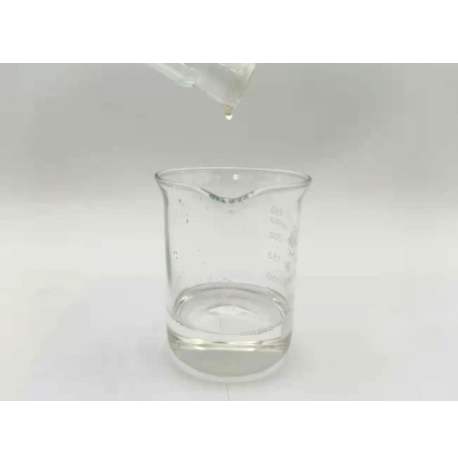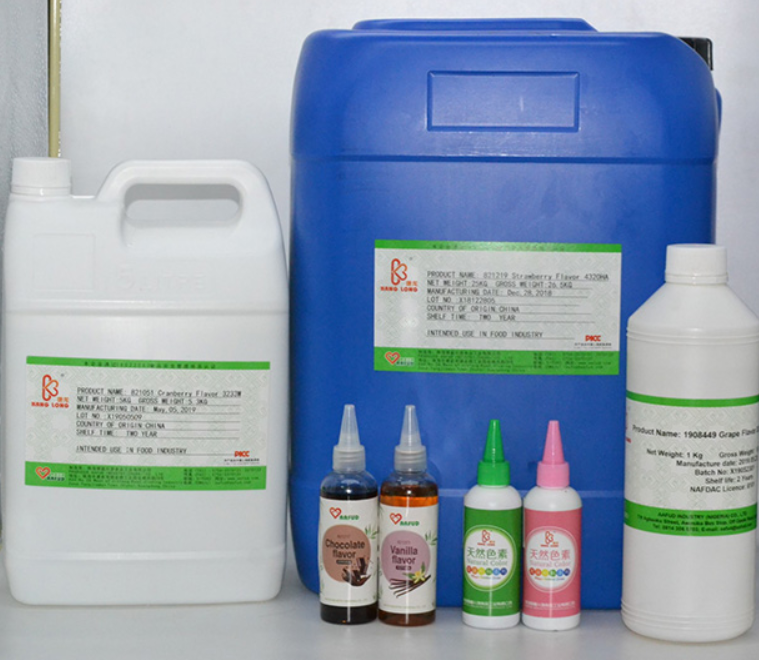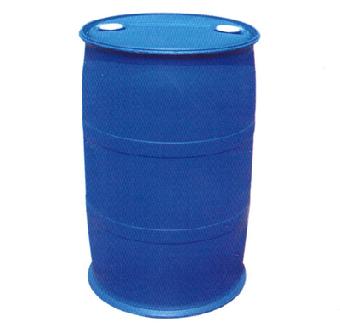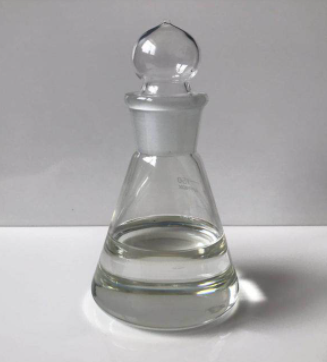Feed Additive
Additives For Food Packaging
Colorant
Stabilizer and Coagulator
Water Retention Agent
Feed Deworming Health Agents
Anti Corrosion and Preservation
Color Fixative
Flour Treatment Agent
Defoamer
Coating Agent
Feed Vitamins
Emulsifier
Other Food Additives
Nutritional Fortifier
Thickening Agent
Feed Quality Enhancer
Antioxidants
Chewing Gum Bases
Bulking Agent
Feed Amino Acids and Small Peptides
Flavor Enhancer
Sweeteners
Additives For Feed Preservation
Other Feed Additives
Food Additive
Bleaching Agents
Anticaking Agent
Food Flavors and Fragrances
Enzyme Preparation
Feed Trace Elements
Acidity Regulators
Feed Growth Promoters
Feed Conditioner
Alias
More Information
Corn Essence
Brief Introduction
Sweet corn flavor can be used in baking, ice cream, sweet corn , candy, roast nuts, beverages, cookies and other food products as well as in health products, cosmetics and pharmaceutical products.
CNY 5 Million
8658m²
50-100 People
CRO
CRO
| Product Photo | Specification | Grade | Max Capacity | Certificates | Package | |
|---|---|---|---|---|---|---|
|
|
||||||
| Food Grade | 480 tons/year | - |
5kg /
Plastic Drum
1kg /
BOTTLE
25kg /
Plastic Drum
|
Main products:
Sweet Corn Flavor
/Lycopene
/Gardenia Blue
/Copper Chlorophyll
/Caramel
/β-Carotene
/Carthamins Yellow
/Red Cabbage
/Purple Sweet Potato Color
/Lemon Flavor
CAS:13184-86-6
Molecular Formula:C10H14O3
Alias
More Information
Ethyl 4-Hydroxy-3-Methoxybenzyl Ether; 4-Aethoxymethyl-2-Methoxy-Phenol; Ethyl Vanillyl Ether; Vanillyl Alcohol Ethyl Ether; 4-Ethoxymethyl-2-Methoxy-Phenol; Ethoxymethyl-4-Methoxy-2-Phenol; 4-(Ethoxymethyl)-2-Methoxyphenol
Brief Introduction
Flavors and fragrances for daily use
CNY 15 Million
29970m²
50-100 People
Manufacturing
Manufacturing
| Product Photo | Specification | Grade | Max Capacity | Certificates | Package | |
|---|---|---|---|---|---|---|
|
|
||||||
| Tech Grade | - | - |
200kg /
Plastic Drum
|
Main products:
Vanillyl Ethyl Ether
/2,4,5-Trimethylthiazole
/2,5-Dimethyl Pyrazine
/2-Methylpyrazine
/2,3,5-Trimethylpyrazine
/Tetramethylpyrazine
/3-Isobutyl-2-Methoxypyrazine
/2-Methoxy-3-Secbutyl Pyrazine
/Vanillyl Butyl Ether
/2,5-Dimethyl-3-Furanthiol
/Furaneol Acetate
/Benzothiazole
/4-Methyl-5-Vinyl Thiazole
/4-Methylthiazole
/2-Thiophenethiol
/2-Pentyl Thiophene
/2-Acetylpyrrole
CAS:4861-58-9
Molecular Formula:C9H14S
Alias
More Information
2-n-Amylthiophene; 2-Amyl Thiophene; 2-N-Pentylthiophene; Thiophene,2-Pentyl-; 2-Pentylthiophene; Thiophene, 2-Pentyl-; 2-Amylthiophene
Brief Introduction
Used as an intermediate in pharmaceutical synthesis
CNY 15 Million
29970m²
50-100 People
Manufacturing
Manufacturing
| Product Photo | Specification | Grade | Max Capacity | Certificates | Package | |
|---|---|---|---|---|---|---|
|
|
||||||
| Tech Grade | - | - |
200kg /
Plastic Drum
|
Main products:
2-Pentyl Thiophene
/2,4,5-Trimethylthiazole
/2,5-Dimethyl Pyrazine
/2-Methylpyrazine
/2,3,5-Trimethylpyrazine
/Tetramethylpyrazine
/3-Isobutyl-2-Methoxypyrazine
/2-Methoxy-3-Secbutyl Pyrazine
/Vanillyl Butyl Ether
/Vanillyl Ethyl Ether
/2,5-Dimethyl-3-Furanthiol
/Furaneol Acetate
/Benzothiazole
/4-Methyl-5-Vinyl Thiazole
/4-Methylthiazole
/2-Thiophenethiol
/2-Acetylpyrrole
CAS:598-82-3
Molecular Formula:C3H6O3
Alias
More Information
2-Hydroxypropanoic Acid; (+/-)-2-Hydroxypropionic Acid; 2-Hydroxypropionic Acid; Acidum Lacticum; Dl-2-Hydroxypropanoic Acid; Dl-Alpha-Hydroxypropionic Acid; (+/-)-Lactic Acid; Lactic Acid
Brief Introduction
This product can be widely used in the fields of chemical industry, medicine, cosmetics and food additives. In recent years, it has been successfully used in the production of TMP lactate, levofloxacin lactate, ciprofloxacin lactate and cefuroxime sodium.
CAS:6309-51-9
Molecular Formula:C17H34O2
Alias
More Information
Isopentyl Dodecylate; Lauric acid,Isopentyl Ester; Isopentyl Dodecanoate; Isoamyl Dodecanoate; Dodecanoic acid,3-Methylbutyl Ester; Isopentyl Laurate; Isoamyl Laurate; UNII-M1SLX00M3M
Brief Introduction
3-methylbutyl dodecanoate is a fatty acid ester obtained by the formal condensation of dodecanoic acid with 3-methylbutan-1-ol. It has a role as a metabolite. It derives from an isoamylol.
Inquiry (
10
/ 10
)
Clear All
Sign In
Error!





